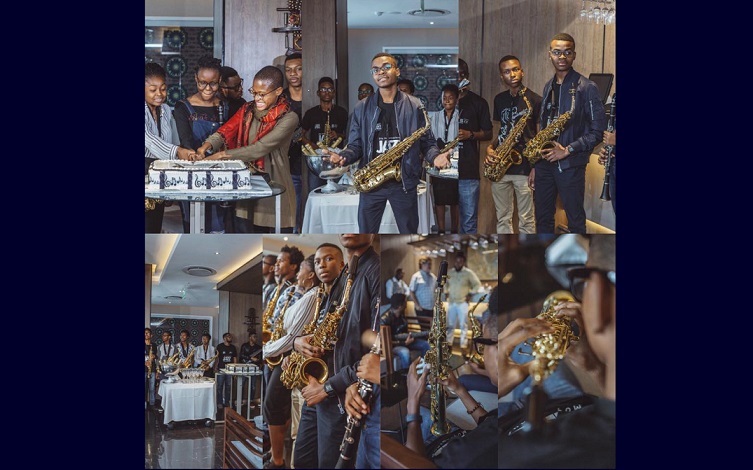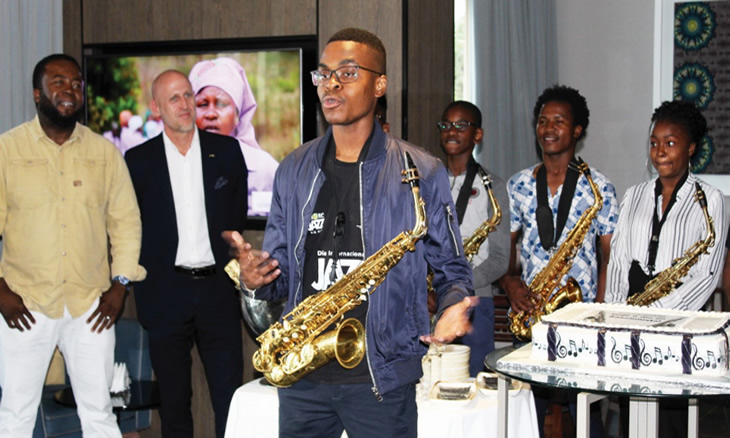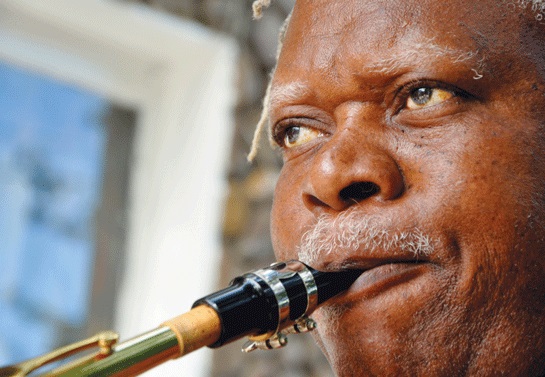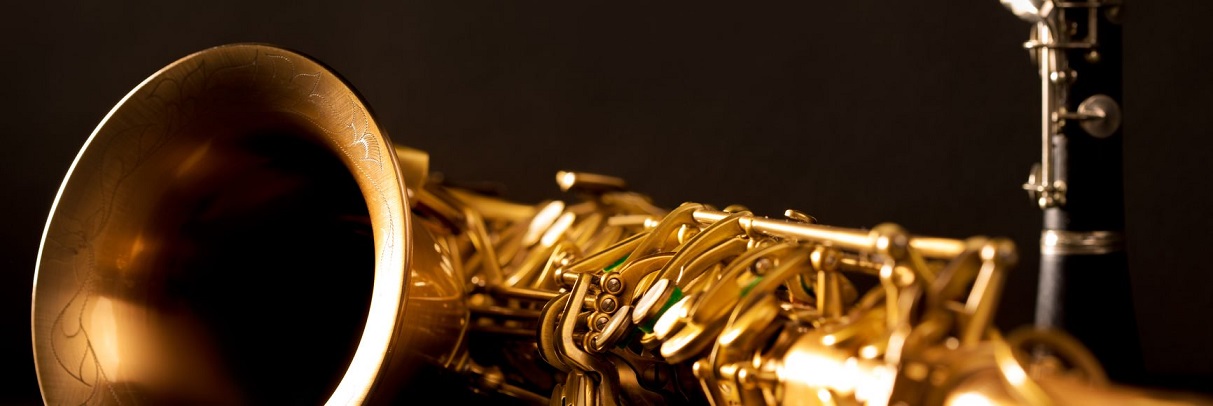Two Mozambican authors among 10 in Oceanos Prize ‘transcontinental’ shortlist
The great Saxophone Day first ever celebration in Maputo

Photo: Moreira Chonguiça
The Saxophone Day is celebrated on November 6, and Mozambican saxophonist Moreira Chonguiça made sure to mark the date with a jazz sax players get-together at the Radison Hotel in Maputo, with a cake to cut, lots of music and good talk too.
The room was literally filled with saxophones and their music was heard everywhere. The cake featured drawings of the instrument, and it seemed as if the saxophone was a living entity that was about to materialise itself in the midst of all the people moving around in the room.
It was a unique moment, and the first celebration of the its kind in Mozambique. Moreira said that the date was an opportunity to divulge the function of the saxophone as a musical instrument, as well as something that promotes the spiritual well-being of those who play and hear it.

One of Moreira’s pupils, Kelton Massingue, said that the day was special because it celebrated “the birth of the saxophone’s creator, the Belgian. This [the saxophone] is the father of wind instruments, and so far the most expressive”.
Another reason not to skip the date, Moreira pointed out, was the instrument’s central presence at various moments in Mozambican music.

“Since the generation of Chico da Conceição, Chico António, José Mucavel and Zé Calache, we have had the saxophone in our music. Today we have Ivan Mazuze, the great teacher Orlando da Conceição… all of this showing that we deserve our space in the world of music. We are here to celebrate this day, together with the global village Mozambique is a part of,” Moreira said.
The saxophone was patented in 1846 by a Belgian instrument maker, Adolphe Sax, who lived in France in the nineteenth century. Sax came up with the idea of creating the saxophone by adapting a clarinet-like mouthpiece to an ophicleide, an extended keyed bugle-like instrument, in 1840. His desire was to create the most powerful wind instrument of all.
Saxophones are transposing instruments, where what a pianist would recognise as C sounds as either B or E flat. The tenor saxophone is in B flat, the alto and baritone instruments in E flat.

Sax studied music in Brussels, and went on to work with his father, Charles, who earned his living making musical instruments. The young Sax was the innovator of the pair, and his flute and clarinet studies generated significant improvements to the bass clarinet in 1834. It is believed that it was from this that the Belgian formed the idea to adapt a mouthpiece similar to that of the clarinet and create the saxophone.
The saxophone was first shown in 1844 at the “Paris Industrial Exhibition” in Paris, which drew everyone’s attention with its “strange” and beautiful sonority.













Leave a Reply
Be the First to Comment!
You must be logged in to post a comment.
You must be logged in to post a comment.